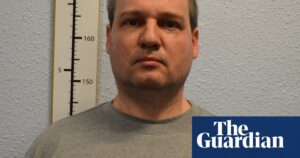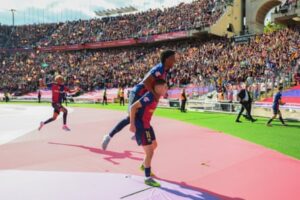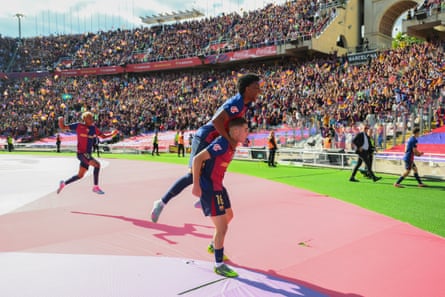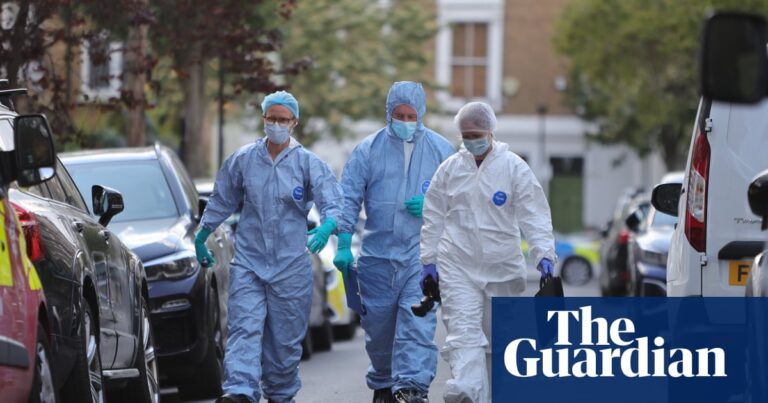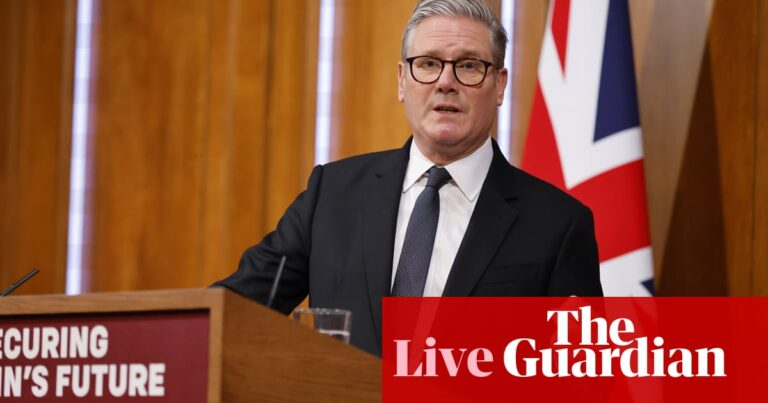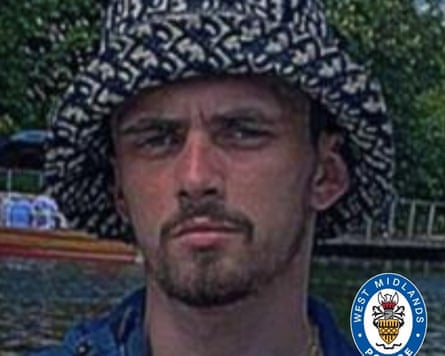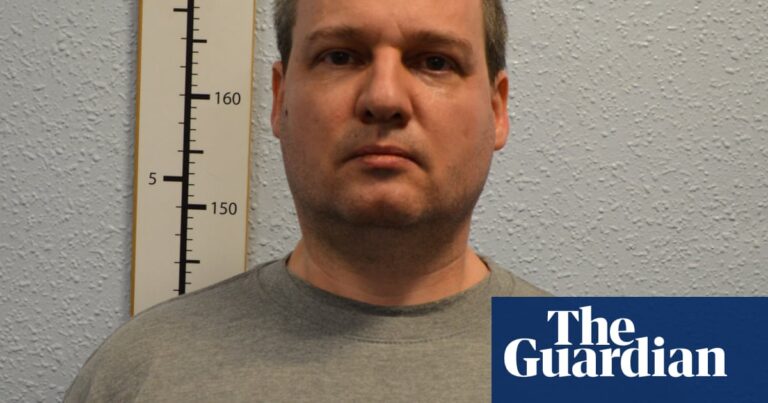You didn’t need to be a genius to work out what was coming. Going two transfer windows without signing a centre-forward was always going to be a gamble for Arsenal, especially considering that their one remaining option was clearly out on his feet in recent weeks. The injury to Kai Havertz was depressingly inevitable.
Mikel Arteta had a dilemma before the Leicester match at the weekend. With no strikers available, he opted to play Leandro Trossard through the middle. When that didn’t work, Mikel Merino came on and scored both goals in the 2-0 win. Merino’s timely goals have temporarily halted the debate but, if all else fails, Arteta could throw Riccardo Calafiori up front and get the ball into the mixer.
He would not be the first Arsenal manager to play a centre-back up front. Fans of a certain vintage will remember the Chris Whyte experiment in 1985, not a band plugged by John Peel on Radio 1, rather the brainchild of Don Howe and John Cartwright.
The plan to convert Whyte from a centre-back into a target man had the fingerprints of Cartwright all over it. Appointed Arsenal assistant manager in the summer of 1985, Cartwright was a known advocate of the long-ball game, a style that did not impress players Steve Williams, Tony Woodcock and Charlie Nicholas.
Early-season defeats against Liverpool and Manchester United hinted that Arsenal were still miles away from a title challenge, but four consecutive wins in the autumn moved Howe’s team into the chasing pack behind pacesetters United, who would win their first 10 matches.
However, scoring goals was an issue for Arsenal. Just 12 in their opening 10 league matches highlighted that perhaps Nicholas and Woodcock were not quite suited to the new playing style. With Paul Mariner injured, and Niall Quinn not seen as ready just yet, the lack of a focal point up front led to an unusual solution.
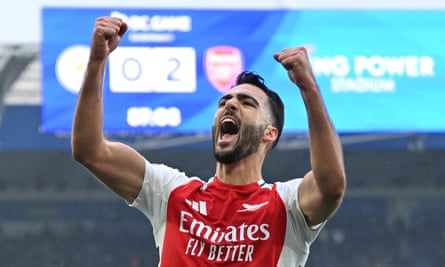
Chris Whyte was a promising centre-back when he made his debut in 1981. An England Under-21 international, the Islington-born Whyte formed a partnership with David O’Leary and had played a part in helping Arsenal reach both domestic cup semi-finals in 1983. But his early promise faded. When the club signed Tommy Caton, Whyte’s days were numbered.
When he was loaned out to Crystal Palace in the 1984-85 campaign, there seemed little hope of him working his way back into the Arsenal team, with young prospects Martin Keown and Tony Adams also on the scene. But a successful stint in the reserves as a centre-forward pushed Whyte to the forefront of Cartwright’s thoughts.
Whyte scored six goals in a Football Combination match against Charlton (Arsenal won 12-0), impressing reserves manager, Terry Burton. “Chris showed excellent skills and good finishing,” said Burton. “He won a lot of balls in the air, too. We’re going to have a good look at him in this forward position,” Burton added. “Chris is a player who would shine in almost any position in a Combination game. What we need to assess now is whether he can do the job at a higher level.”
This was all music to the ears of Cartwright and Whyte was soon given his chance in the first team. When Aston Villa visited Highbury on 5 October 1985, Howe picked him in the starting lineup. To the delight of the manager and his assistant, the experiment worked. Villa came from behind twice in a rare afternoon of entertainment at Highbury for the paltry crowd of 18,881. With just four minutes remaining, a Graham Rix corner was flicked on by Caton, landing at the feet of Whyte. Swivelling expertly, Whyte slammed home from close range to claim all three points in a thrilling 3-2 win.
Howe and Cartwright were giddy with excitement. “Chris Whyte did well,” Howe said. “He has a lot of height but on the ground he is a lot better than people give him credit for.” Cartwright was equally effusive, saying: “He gave us a new dimension. For a big man, Chris showed good skills and balance. I think he will score a lot of goals in league football.”
Whyte was just as enthusiastic. “I felt comfortable in the new position,” he said. “It’s given me the chance to rebuild my career.” Nicknamed Huggy Bear after the character in Starsky and Hutch, Whyte revealed a possible change in the dressing room. “The lads are calling me Serginho now after the Brazilian World Cup striker.” That was not necessarily a compliment.
“We’ll continue with the experiment of playing Chris Whyte in a forward role,” Howe wrote in his programme notes before the League Cup match against Hereford. Whyte failed to score against the Fourth Division side, and when he missed a sitter in the next league match, a goalless draw at West Ham, Cartwright’s hopes were evaporating.
The Whyte trial came to an end after a trip to Nottingham Forest – who conversely used forward Garry Birtles as an emergency centre-back. He left Arsenal at the end of the season. Whyte’s conversion to a striker had not gone down well with fans, Jon Spurling summing things up in his book All Guns Blazing: “Here, surely was a hideous scientific experiment gone wrong, proof that that Cartwright was indeed football’s Doctor Frankenstein.”
Whyte went on to have a fine career, winning the title with Leeds in 1991-92, but his days as a striker would be limited to those few matches in 1985. It’s hard to imagine Arteta using this approach in the last few months of this season. It would be highly amusing for fans of other clubs, but I’m not sure Arsenal supporters need to witness a sequel to the Chris Whyte experience.
Source: theguardian.com







